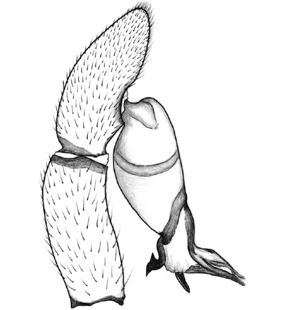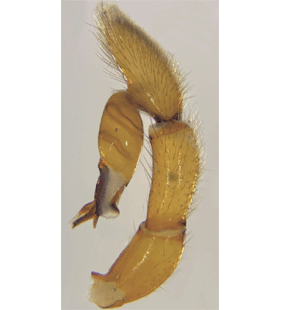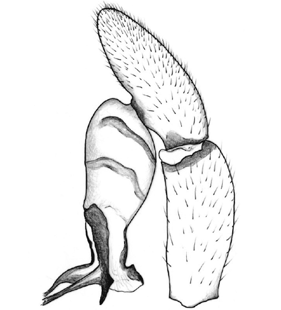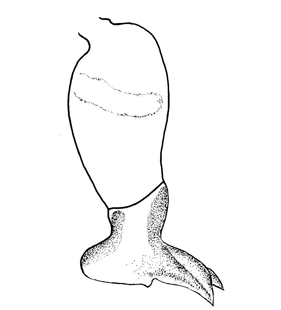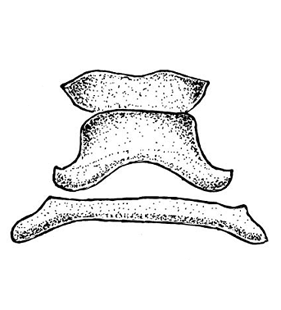Dysdera presai Ferrández, 1984
Description
Male
The bulb presents 2 forms: a form with a strong spur-shaped appendix, which is a projection of the anterior sclerotized stripe, and with the tip of the bulb showing a couple of pointed laminae, and a second form without the appendix, and with the tip of the bulb showing a couple of short and wide laminae. Prosoma 2.2-3.7 mm long.
Body length male: 5.8-7.9 mmFemale
Prosoma 2.8-4 mm long. Legs: femur I with one or 2 spines, femur II with one spine, femur III with one to 3 spines, femur IV with 3 to 5 spines.
Body length female: 6.3-9.7 mmAdditional information
In dry areas.
Distribution
Figures
Distribution List
"No references" does not mean that the species does not occur in this country, but that we have not yet inserted the reference for it. We are working on it.
References
Barrientos J A, De Mas E, Gavín-Centol M P, Pertegal C, Salazar B, Fenoy E, Balanzategui I, Mederos J, Montserrat M, Barranco P, Moya-Laraño J (2024c) Arañas (Arachnida: Araneae) del Parque Natural de Cabo de Gata-Níjar (Almería, España); 2ª aportación. Revista Ibérica de Aracnología 45: 27-59 ![]()
Branco V V, Morano E, Cardoso P (2019) An update to the Iberian spider checklist (Araneae). Zootaxa 4614: 201-254 ![]()
Ferrández M A (1989) Notas sobre los disdéridos ibéricos. V. Nuevos datos, cartografía y caracterización de la hembra de Dysdera presai Ferrández, 1985 (Araneae: Dysderidae). Anales de Biologia, Universidad de Murcia 15: 29-31 ![]()
WSC (2025) World Spider Catalog. Version 26. Natural History Museum Bern, online at http://wsc.nmbe.ch (28.2.2025) doi: 10.24436/2 ![]()
Updates
| 08-01-2025 | Image insert | |
| 26-03-2013 | Image insert |

